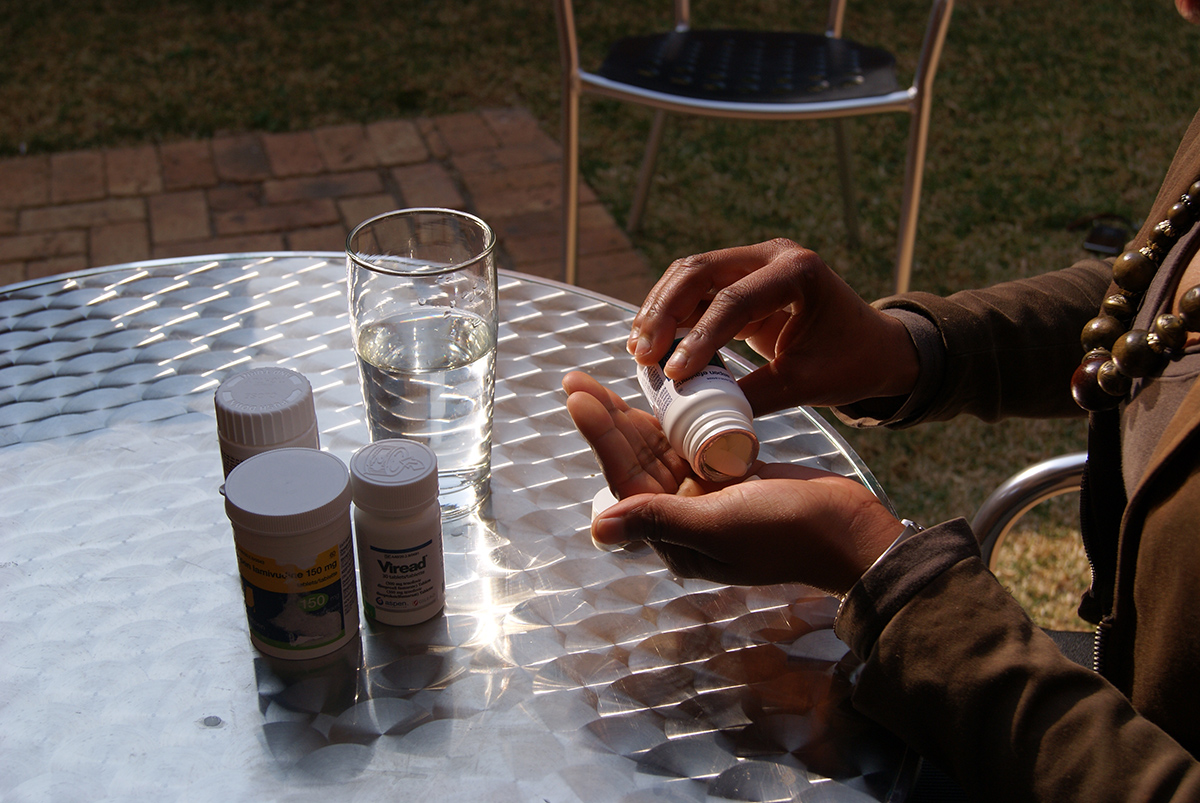Ground-level approach improves linkage to care in the vast geographical area of Amathole

Finding HIV positive persons and linking them to care as soon as they are tested is one of the key pillars to achieving epidemic control. Photo credit: TBHIV Care
UTT allows for any person who tests HIV positive to begin antiretroviral treatment (ART) immediately thereby giving individuals the opportunity to live long and healthy lives. This intervention directly supports the UNAIDS’s goal of 90-90-90 by 2020 2020 (90% of all people living with HIV will know their HIV status, 90% of all people with diagnosed HIV infection will receive sustained treatment, and 90% of all people receiving treatment will have viral load suppression) .
The Eastern Cape is struggling with low uptake of treatment initiations. The Amathole District is no exception. The district’s challenges are further compounded by having to recall more clients who were previously tested, but never initiated on antiretroviral therapy (ART) for numerous reasons, including:
- Not ready to make a lifetime commitment
- Need more time to make informed decisions
- Faith in traditional healers over modern health service providers
- Denial, don’t accept their results and looking around for other opinions
TB HIV Care (THC), working closely with the Provincial Department of Health (DoH) embarked on a robust strategy of engaging all community based structures, including traditional leaders and healers to get their buy-in and allow a window of debating the role of the community in increasing linkage to care. The DoH recognizes the traditional healer’s association as an important stakeholder and strives to collaborate with them to benefit the service users. Religion, culture and spiritual beliefs constitute, among others, some of the drivers in the delay in seeking medical attention in South Africa.
Following the engagement process and subsequent buy-in with the community, community leaders were used as champions to encourage communities to know their status, and routinely link themselves into care as soon as they are diagnosed HIV positive. This opened the door for THC team into the community and they started experiencing warm receptions during their door-to-door visits.

Traditional leaders and healers can be an important link between communities and service providers when it comes to linkage to HIV testing, care and treatment. Photo credit: TBHIV Care
A family-centered approach was then implemented to accommodate all family members within the households; this yielded more recalls and subsequent linkage to care, according to Sandile Prusente, THC’s Clinical Technical Lead. Household visits were preceded by at least three phone calls and if a client failed to present himself or herself to the facility, a household visit was initiated.
“Clients enjoyed being valued and prioritized, a handshake approach proved to be effective and yielded positive results. Linkage to care rate dramatically improved and credit goes to our linkage officer model. THC linkage officers established a more pyscho-social relationship with clients, based on trust and an understanding of each other’s needs,” he explained.
Linkage Officers were added into the staff at the Care and Treatment program to proactively lead and drive linkage to care and be a link between the facility and the community. The addition of the linkage officer enabled them to maintain consistently the momentum in linkage to care with a linkage rate above 100% demonstrating the success rate of our linkage officer model. This provided oversight to the DoH community health workers (CHWs) and forged a good working relationship with CHWs in the respective jurisdictions as they followed clients.
“This approach personally impacted many beneficiaries through early linkage to care and subsequently reducing opportunistic infections and further disease complications,” Prusente added.